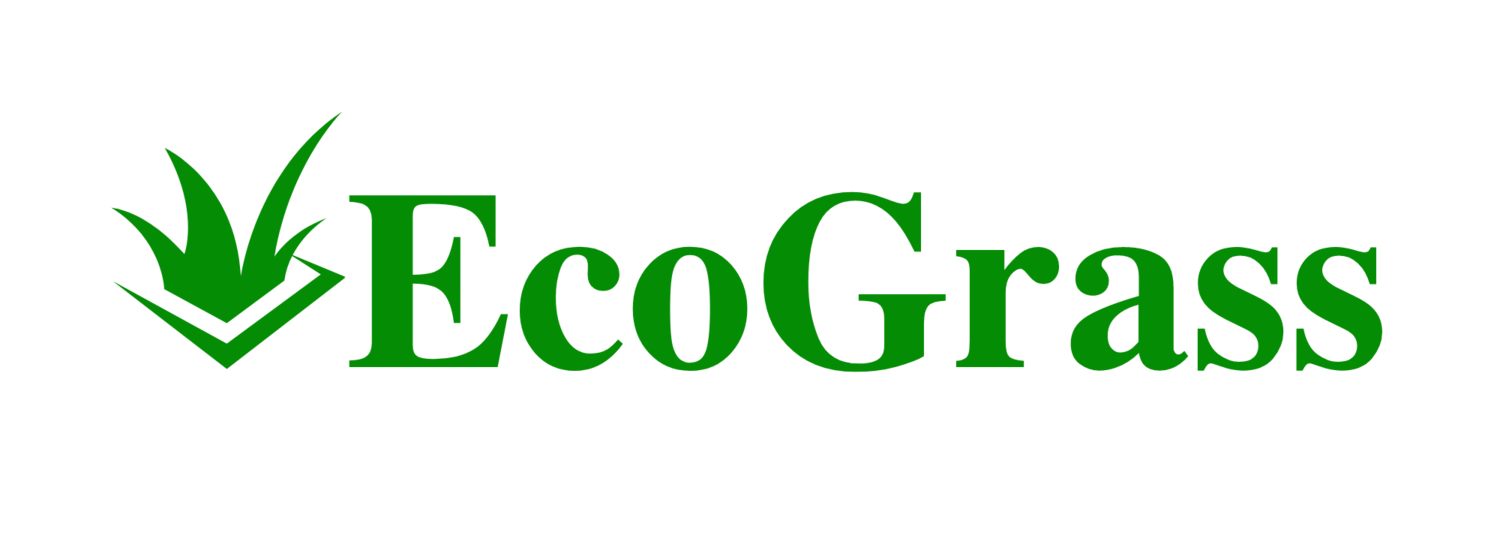Laying artificial grass can transform your outdoor spaces with a low maintenance and green alternative to natural lawn. The upfront cost of installation may seem daunting, but there are affordable strategies to accomplish this home project. Your goal is to aim for a balance between cost efficiency and ensuring a secure and lasting installation, which will ultimately save you more in maintenance in the long run.
To begin with, understand that the key to a cost-effective installation is preparation. A solid sub-base is essential for the longevity of your artificial turf. This involves removing any existing grass, creating an even surface, and compacting the soil before adding a layer of base material such as crushed stone or sand. This investment in time and effort during the initial stages will provide a stable foundation for your turf, which is crucial for durability.
When laying the artificial grass, the most common and reliable method involves seaming glue, seaming tape, and nails. This method ensures that multiple pieces of turf are held together securely. But you can save on materials by measuring your area correctly and choosing the right size of grass to minimize waste. Additionally, opting for DIY installation over hiring professionals can significantly reduce the overall cost without compromising on the finish, as long as you follow the correct procedures and take your time to perform the task accurately.
Preparing the Installation Area
To ensure a successful artificial grass installation, you must properly prepare the site, considering factors like base preparation and effective drainage. A solid foundation and preventative measures against weeds and pooling water will secure the longevity of your artificial turf.
Site Clearing and Base Preparation
Before laying artificial grass, clear the area of all vegetation, debris, and stones. Excavate the soil to a depth of 3-4 inches to create a perimeter border that will encapsulate the base material, which is often a combination of decomposed granite, gravel, or crushed rock.
Subbase: Start by laying multiple layers of base material.
First layer: Coarse gravel for stability.
Second layer: Finer gravel to create a smooth surface for the grass.
Compacting: After each layer, ensure you compact the base material to create a solid foundation to lay the artificial grass upon.
Drainage and Weed Prevention
Addressing drainage issues is crucial to prevent water logging. Install a drainage system if necessary, especially in areas with poor natural drainage.
Weed Barrier: Lay down a weed barrier to prevent future growth of weeds that can disturb the artificial grass.
Drainage Layer: Over the compacted subbase, add a layer of finer crushed rock or gravel to aid drainage.
By following these steps diligently, your artificial grass will look natural and perform well for years.
Installation Process and Finishing Touches
When installing artificial grass on a budget, careful planning, and precision in the laying and securing process can significantly trim down your expenses without compromising the quality. Choose the right materials for cost-effectiveness and ease of maintenance.
Laying and Securing the Artificial Grass
Begin by rolling out your artificial turf across the prepared area. Ensure it is flat, with no wrinkles or folds, and then use a hand tamp or vibratory plate compactor to make the surface even. Secure the edges of your turf using landscaping anchor pins or galvanized stakes, spacing them about every four feet along the perimeter.
Cutting, Seaming, and Anchoring
For areas that require joining, place a strip of seam tape below the edges and apply a consistent layer of adhesive for a seamless look. Cutting can be precisely done with a sharp utility knife or carpet cutter, tailored to fit the layout and obstacles such as trees or sprinklers. Once aligned and cut, anchor the joints with nails or staples to prevent shifting.
Maintenance and Long-term Care
Artificial grass is praised for its reduced maintenance when compared to traditional sod. Regularly remove debris and use a stiff brush to keep the fibers upright. Although artificial grass is durable, occasional raking and brushing can help maintain its natural look over the years. The product's warranty, often influenced by the turf brand and material like polypropylene, nylon, or polyethylene, can provide guidance on specific upkeep procedures.
Remember, your commitment to following each step with attention to detail can greatly extend the longevity and visual appeal of your artificial turf, making the invested effort and resources worthwhile.

